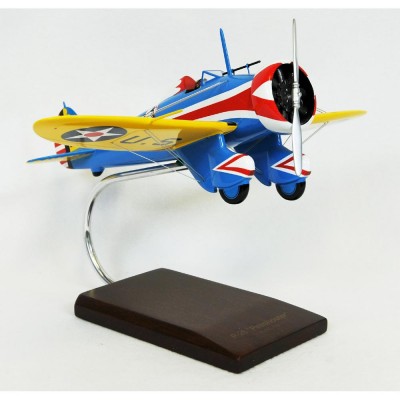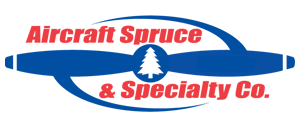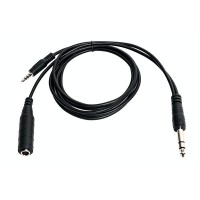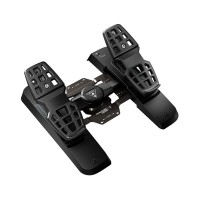THE AVIATION SUPERSTORE FOR ALL YOUR AIRCRAFT & PILOT NEEDS | 877-4-SPRUCE
P-26A Peashooter Model
$215.95/Each
Part# 13-10558
MFR Model# AP26T
MFR Model# AP26T
Overview
|
The American Boeing P-26 (Peashooter) was the first all-metal production fighter aircraft and the first pursuit monoplane used by the United States Army Air Corps. The diminutive Peashooter, as it became affectionately known by service pilots, was faster than previous American Combat aircraft, however it was also an anachronism. The Peashooters wings were braced with wire, rather than with the rigid struts used on other airplanes, so the airplane was lighter and had less drag. Its initial high landing speeds were reduced by the addition of wing flaps in the production models. The P-26 flew 27 mph faster and outclimbed biplane fighters, thats why the Army ordered 136 production-model Peashooters. The first Boeing P-26 major combat mission was the Chinese Model 281, in what was the worlds first air-interception and destruction of raiding monoplane aircraft. The P-26 remained in active service for many years. In November 1940, a full year after the start of World War II, the U.S. Armys entire fighter strength in the Philippines consisted of only 28 P-26s. Most of P-26 were destroyed in the first Japanese attacks, but two of them, flown by Philippine pilots, became the first American fighters to shoot down Japanese airplanes. Two original P-26s are known to exist. One is in the collection of the National Air and Space Museum, while the other has been owned for many years by the Planes of Fame Museum located in Chino, California. |
WARNING: Cancer and Reproductive Harm - www.P65Warnings.ca.gov. |
Q&A
Please note, Aircraft Spruce ®'s personnel are not certified aircraft mechanics and can only provide general support and ideas, which should not be relied upon or implemented in lieu of consulting an A&P or other qualified technician. Aircraft Spruce ® assumes no responsibility or liability for any issue or problem which may arise from any repair, modification or other work done from this knowledge base. Any product eligibility information provided here is based on general application guides and we recommend always referring to your specific aircraft parts manual, the parts manufacturer or consulting with a qualified mechanic.








 FREE Shipping
FREE Shipping



